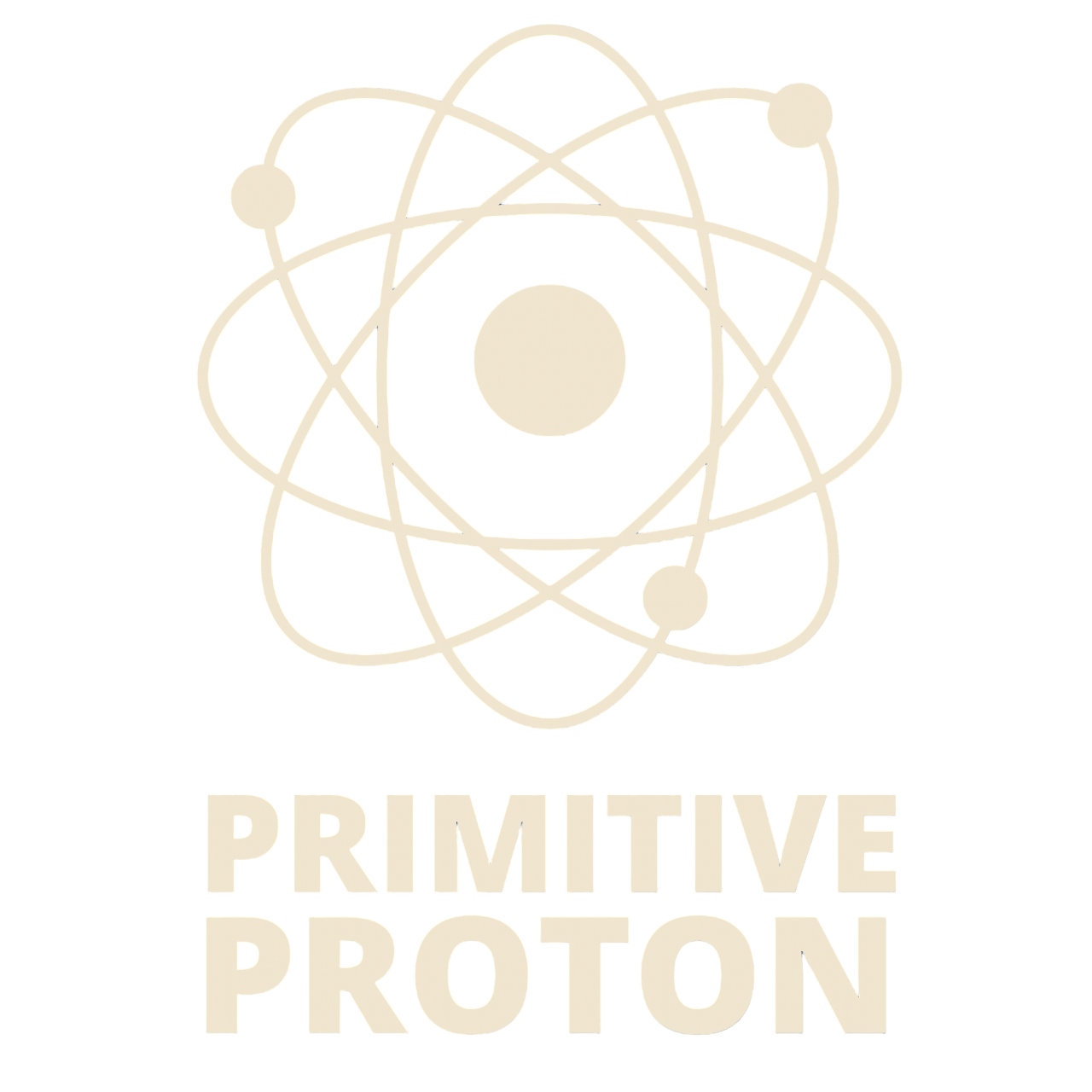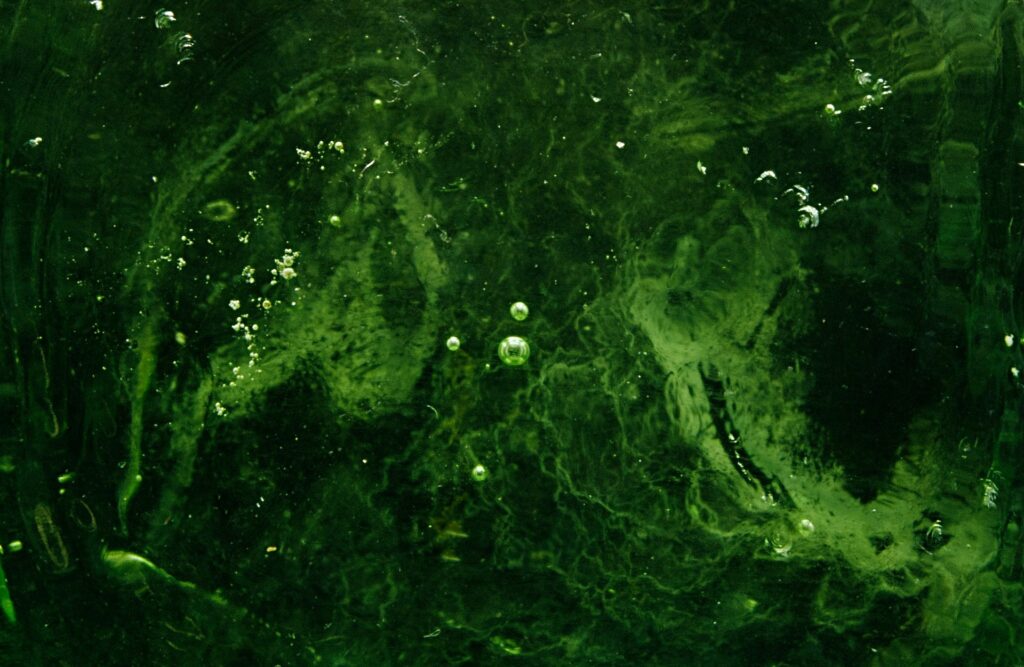Space is enormously huge and vast. The idea of life forming or even blooming somewhere in the Universe has been a topic of ongoing research and debate. Our solar neighbor, Mars, offers both opportunities as well as hope to find life other than flourishing on our blue planet. A recent study conducted at the Search for Extraterrestrial Intelligence (SETI) Institute has shown that Artificial Intelligence (AI) can be utilized to more efficiently determine the presence of life on Mars and other worlds.
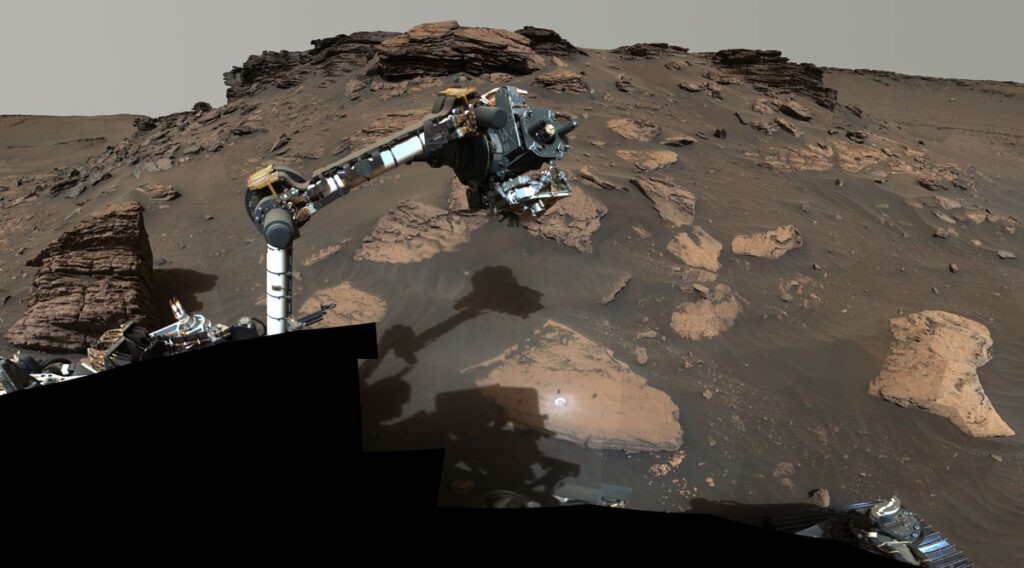
Mars: A probable candidate for the signs of life
Mars is a dusty, cold, inhospitable world with a very thin atmosphere, around 100 times less dense than Earth. There is strong evidence that Mars had a wetter and warmer climate, with a thicker atmosphere billions of years ago.
One of the interesting features of Mars relevant to this article is “Recurring Slope Lineae” (RSL). Dark streaks appear and disappear in gullies and crater walls as the seasons change and temperatures fluctuate.
According to a theory, these streaks may be due to liquid water, highly concentrated with salt, seeping to the surface and rapidly evaporating due to the thin atmosphere.

Where was the experiment conducted?
Lying near the boundary of the Chilean Atacama Desert (the driest nonpolar desert in the world) and Altiplano (the most extensive high plateau on Earth outside Tibet), “Salar de Pajonales” is a region in South America that is as close as Mars in terms of levels of radiation and cold temperatures.
Salar de Pajonales is located at a high altitude, with an elevation of 3,541 meters above sea level, and is a hyperarid, dry salt lakebed considered hostile and uncongenial to many life forms but still habitable.
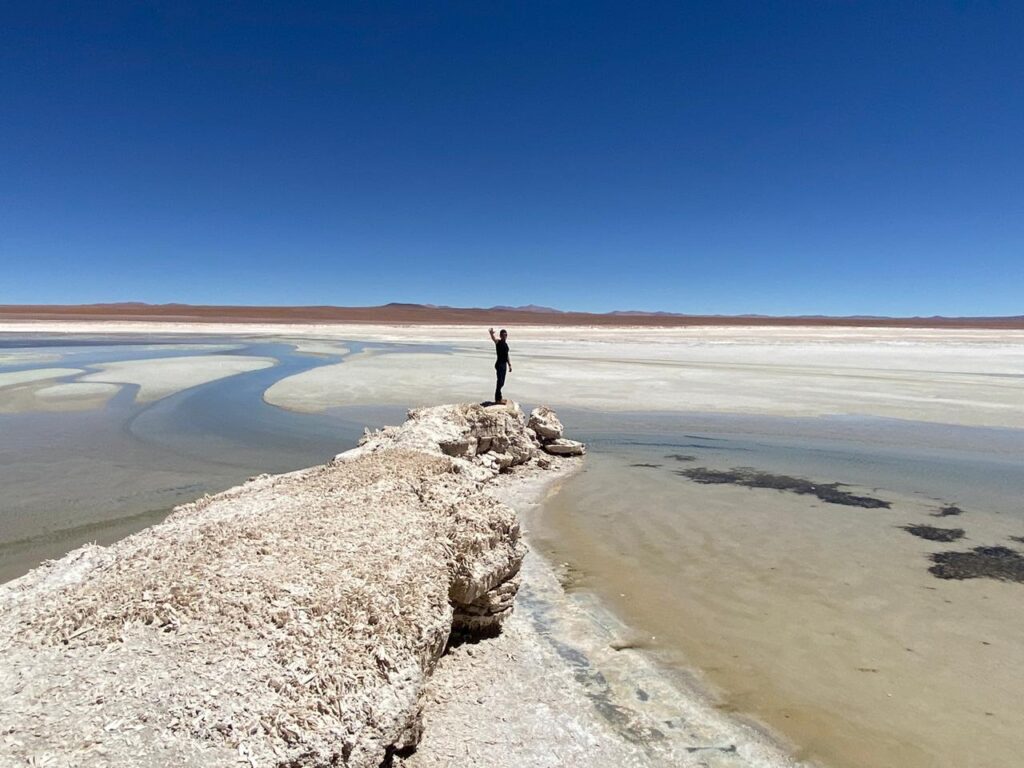
The study suggests that Salar de Pajonales exhibits distinctive features that are significant for detecting biosignatures on Mars. These features include fractal-like ridge networks, patterned ground, and shrinkage cracks arising from either biological or physical processes.
As per NASA, a biosignature is “any characteristic, element, molecule, substance, or feature that can be used as evidence for past or present life. It also needs to be something that can’t be made without the presence of life. It can be something like a leaf or a feather, but also leftover footprints in the mud, fossils stored away in the rocks, organic molecules made by life, and even differences in the chemistry of an atmosphere or a body of water.”
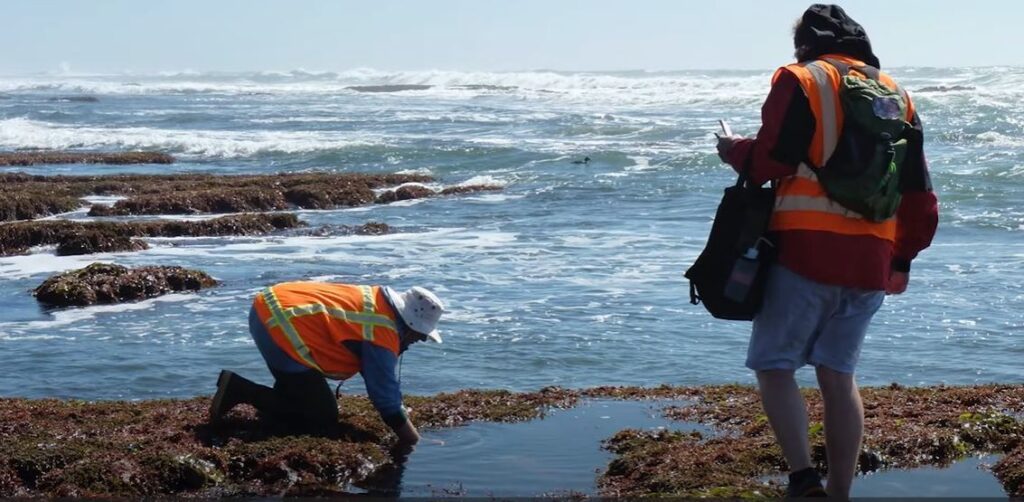
How was the study carried out?
In a collaborative effort between Senior Research Scientist Kim Warren-Rhodes and the NASA Astrobiology Institute (NAI), more than 7,765 images were taken during various field campaigns.
Additionally, 1,154 samples were analyzed for the presence of photosynthetic microbes called “endoliths” thriving in the rocks, salt domes, and alabaster crystals. Alabaster is a fine-grained form of gypsum (a soft sulfate mineral composed of calcium sulfate dihydrate) and is used for statues, carvings, and jewelry purposes.
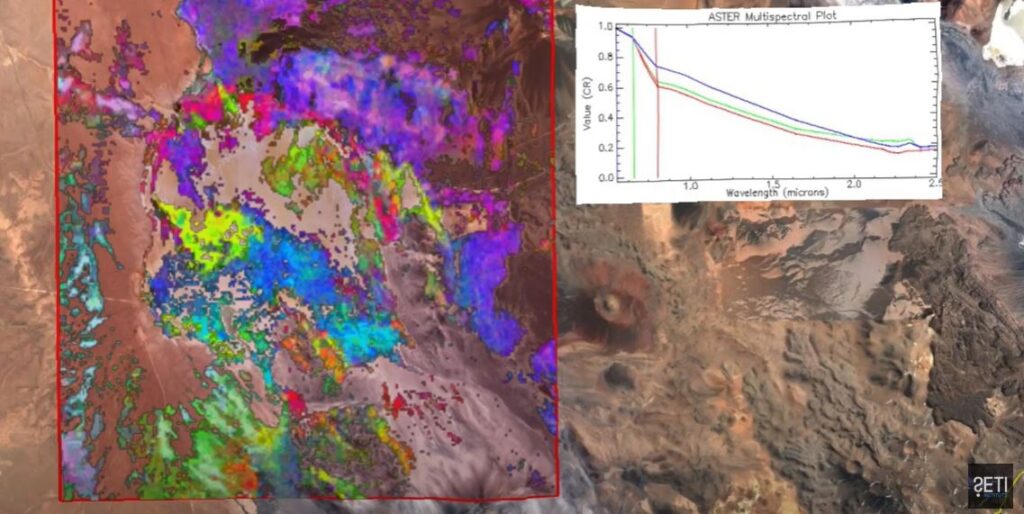
The detected microbes release pigments that fall under one of the rungs and hence a probable biosignature on NASA’s Ladder of Life Detection. (The Ladder of Life Detection was built to stimulate discussions among scientists and researchers about how one would detect extraterrestrial life within the practical constraints of robotic space missions).
Using both aerial and ground-based data, scientists were able to map out the spatial patterns and distribution of microbes in the extremely inhospitable environment of Salar de Pajonales.


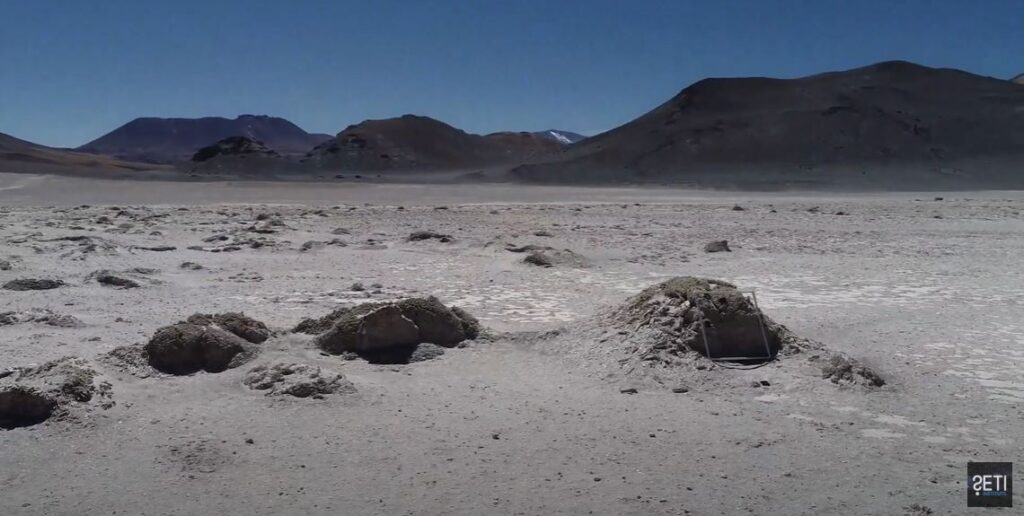
The study disclosed that the presence of microbial life is not randomly distributed but rather concentrated in certain biological hotspots highly correlated to the presence of water at scales ranging from kilometers to centimeters.
The biosignatures were notably clustered around the alabaster crystals, which can retain water for extended periods of time. These findings were substantiated through statistical analysis.
Using Artificial Intelligence in the study
Kim Warren-Rhodes further collaborated with Michael Phillips (Johns Hopkins Applied Physics Lab) and Freddie Kalaitzis (University of Oxford) to develop an Artificial Intelligence model to aid their investigation.
The collaboration employed Convolutional Neural Networks (CNNs) to identify and predict macro-scale geologic features at Pajonales. A few of these features such as polygon networks or patterns are found on Mars as well and are hypothesized to serve as micro-habitats that could produce biosignatures.
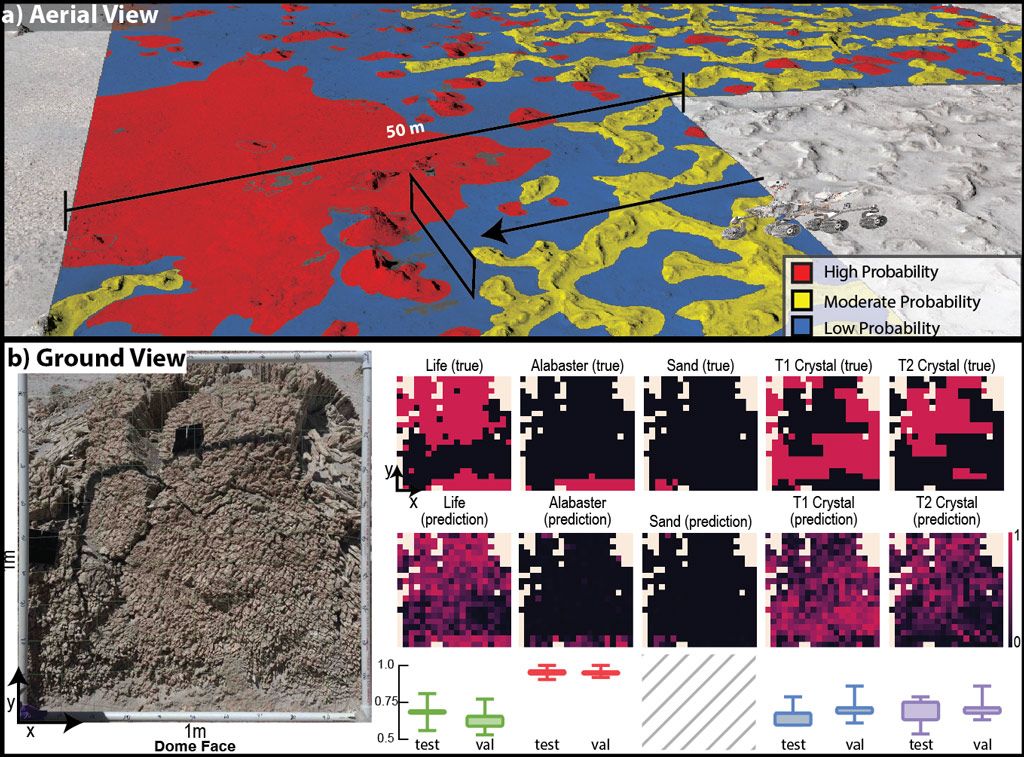
A CNN is a kind of deep learning model in Machine Learning (ML) that can process data having grid patterns, such as images, and is designed to adaptively learn spatial features, ranging from low-level to high-level patterns.
With the help of a technique called ‘Convolution’, a CNN model can convert the images to a form that is easier to process without compromising on the features critical for making a good prediction.
Scientists used the deep learning model to analyze collected data so that it can learn to recognize specific patterns and distributions associated with the presence of biosignatures. Once the model was trained, it could then predict the same distributions in data that it had not seen before.
By combining statistical ecology with Artificial Intelligence/Machine Learning, scientists were able to detect biosignatures with a success rate up to 87.5%. This is an enormous improvement over randomly searching for signs of life having a success rate of only 10% or less.
In other words, the deep learning approach is approximately nine times more effective than doing random searches for life.
The model was also able to significantly reduce the search area for potential biosignatures by up to 97%. This means that scientists can focus their efforts on a much smaller region, thereby saving hugely on time and resources.
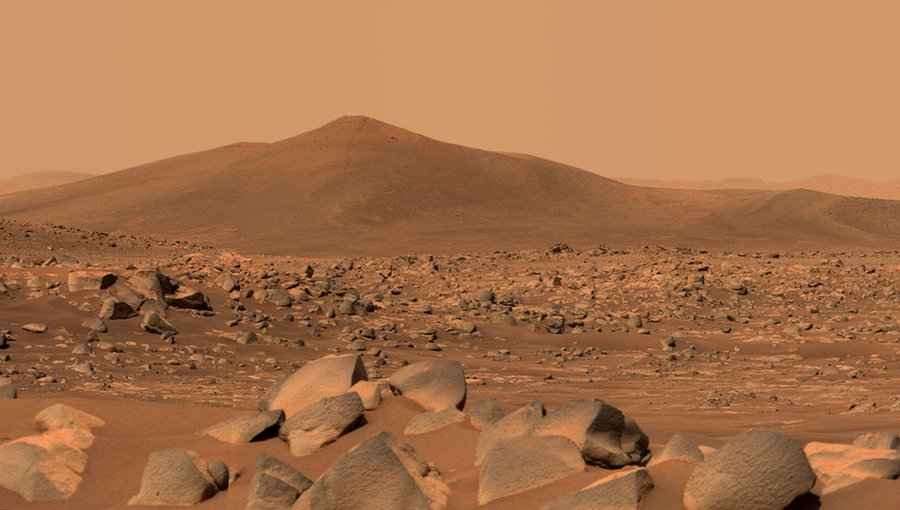
What lies ahead with Artificial Intelligence in life detection?
The team will next test the CNNs’ ability to predict the location and distribution of other fossils and microbiomes with the same Machine Learning programs. It would strike gold if similar rules and models can be applied to other similar yet slightly different natural systems.
Further exploration can also be done on new ecosystems altogether – permafrost soils, hot springs, and even rocks in such kinds of habitats.
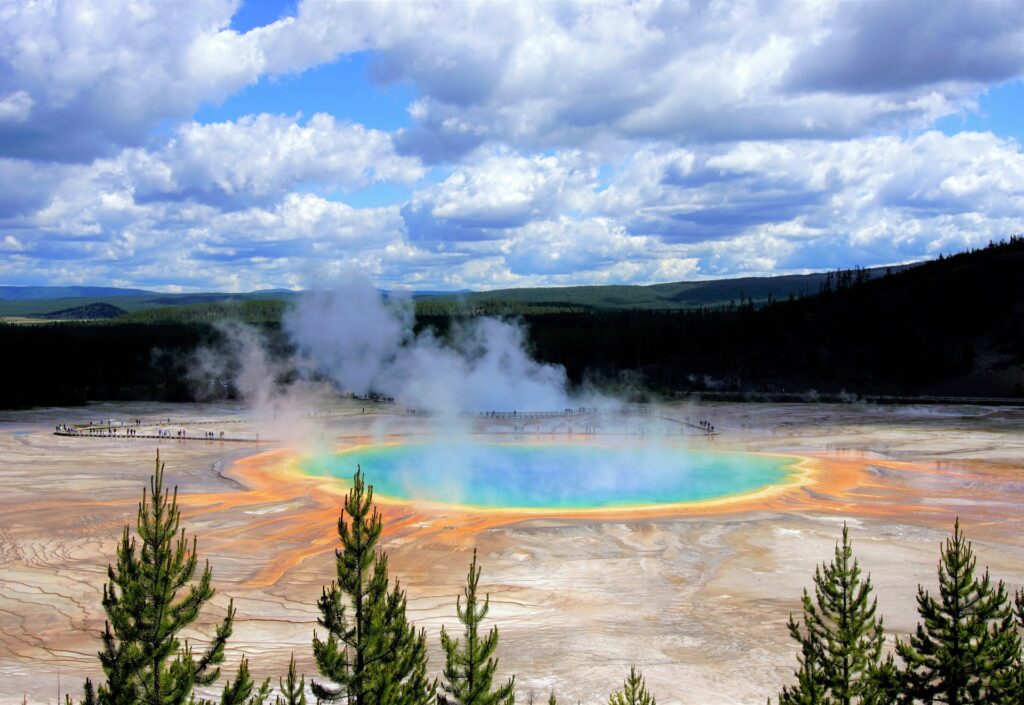
“To have our team make one of these first steps towards reliably detecting biosignatures using AI is exciting,” Warren-Rhodes says. “It’s really a momentous time.”
Concluding thoughts
With access to sophisticated Artificial Intelligence models and tools at our disposal, it may not be long until we confirm the existence of life beyond Earth.
However, a matter of contention is how we would respond as a species to the discovery of a life form that may be indistinguishable or vastly different from the ones we know on our planet.
Notes:
- Orbit-to-ground framework to decode and predict biosignature patterns in terrestrial analogues
https://doi.org/10.1038/s41550-022-01882-x - Astrobiologists train an AI to find life on Mars
https://www.nature.com/articles/d41586-023-00683-0 - Mission: Find Life. Extreme Biosignatures with Niki Parenteau
https://www.youtube.com/watch?v=fsSnLthHqPY&list=PLaKWGoQCqpVDiJl9NBwJ4E7Nwf3tn-yzB&index=3
Kindly subscribe to our newsletter to be informed about the articles as soon as they are published.
This article is authored by Abhinav Singh.

Subscribe to Primitive Proton Newsletter
Sign up to keep up to date with the latest news and curated blogs in the world of space, science, and technology.
Your email is never shared with anyone. You can opt out anytime with a simple click!
WE PRIORITISE PRIVACY.
